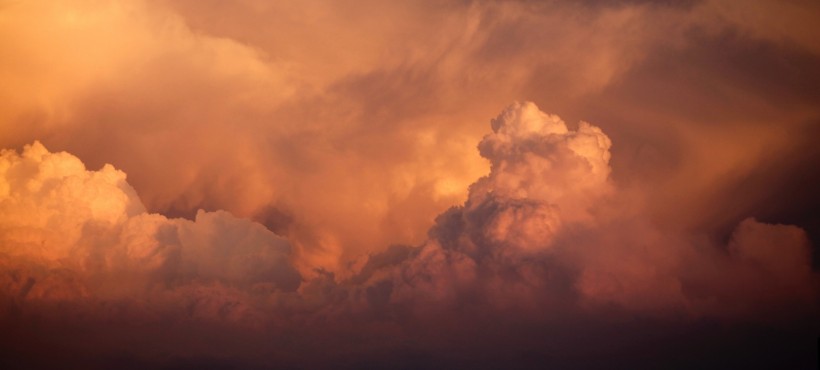A dust storm killed at least six people, including two children, and wounded eight others when it pummeled through a Montana highway.
It was during the evening hours of Friday, July 15, when the dust cloud hit Interstate 90 (I-90), causing a multi-vehicular crash or massive pileup involving 21 vehicles.
The incident occurred near mile marker 493 on I-90, which is located west of Hardin, Montana, specifically along the eastbound exit of the highway.
In another angle, the major car crash is also situated east of the city of Billings, Montana.
Local sources reported that the multi-car crash was purely accidental caused by the weather phenomenon. Motorists caught during last Friday night's sand storm had low visibility due to the dust particles present in the air at that time.
Sand storms are relatively not common in Montana and other parts of the United States.
However, they still occur nationwide, including in the Southwest US, depending on the climatic condition and season.
Rather, they are prevalent in arid and semi-arid regions like the Middle East and North Africa.
Montana Dust Storm Crash

Multiple reports suggested that wind gusts fueled the natural event.
There was no specialized forecast for the dust cloud's specific location and time of occurrence was issued in spite of an existing thunderstorm watch.
The wind gusts responsible for the dust cloud exceeded 60 miles per hour and also caused blackout conditions on I-90, a major route for both state of Montana and the Western US, according to the Associated Press.
During an initial investigation, local authorities said the multi-car was only caused by an isolated extreme weather event.
The magnitude of the accident was worsened by zero visibility during the peak summer traffic hour last week.
Also Read: Skies Turned Orange as Dust Storm from Sahara Spreads to Spain, Across Europe
What is a Dust Storm?
According to the National Oceanic and Atmospheric Administration (NOAA), a dust storm is a "wall" of dust and debris lifted by strong winds from the ground and into the air during a thunderstorm.
The so-called "wall of dust" can stretch to several miles long and several thousand feet tall.
The US agency also emphasized that the geographical structure and number of plant life in a particular area determines the frequency of sand storms.
For instance, the said phenomenon is common in regions where the ground is flat, and with very few trees and plants.
The NOAA said the 180-degree angle or flat surface can allow winds to build up momentum and get stronger where they can carry the sand particles into the atmosphere.
Dust Storm Risks
In the past decade, scientists have realized the dangerous impact of sand or dust storms on the climate, environment, human health, and a number of socio-economic sectors, according to the World Meteorological Organization (WMO).
In terms of risks to humans, the WMO said that the airborne dust present in the storm poses serious risks for human health. Specifically, particles large particles can cause damage to externals organs like eye and skin irritations.
However, the organization warned that smaller particles can be inhaled, causing or aggravating respiratory disorder such as asthma, pneumonia, allergic rhinitis, silicosis, and tracheitis.
Related Article: Dust Storm Strikes Mongolia; Forecast of Strong Winds and Heavy Snow in the Coming Days
© 2024 NatureWorldNews.com All rights reserved. Do not reproduce without permission.




![Roundworms with Short Memories 'Stop Forgetting' When Frozen or Given Lithium [Study]](https://1471793142.rsc.cdn77.org/data/thumbs/full/70295/280/157/50/40/roundworms-with-short-memories-stop-forgetting-when-frozen-or-given-lithium-study.jpg)
